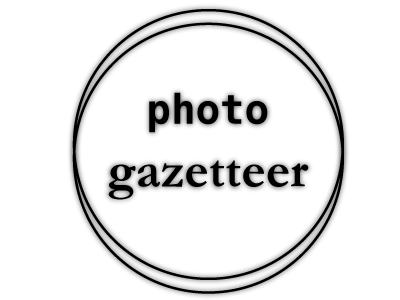 |
| Mark Poblete photo/Google+ A photograph as part of Poblete's Flickr set entitled, The Forgotten: homeless at Washington, D.C. |
As explained in an earlier post, the uploading and downloading of photos online is increasing as more users post photos to the World Wide Web. This means many people who don't necessarily work in media fields are posting content online. I recently stumbled across the photographs of Mark Poblete, who posts them to Google+, and who also maintains a Flickr stream.
While I don't know who Poblete is, I could only find his Google+ and Flickr accounts, his photographs of homeless people reminded me of this debate in photojournalism about context. A great journalism photo shares with the viewer a story, and this story, should be independent of a written translation, because photojournalism is a visual language. Now, that is not to say photos don't need context, they often do, in various cases where the viewer may not know offhand the details surrounding the image. For instance, war pictures often require context, so captions tell readers the name of the war, the date, who's involved and why, and may provide greater context if needed.
But the best war photographs stand alone without commentary: the two that come to mind are Kevin Carter's picture of a vulture stalking a child in famine-ravaged Sudan and Nick Ut's picture of Phan Thi Kim Phuc running down a street after a napalm attack. Neither of these photographs require commentary, although it could be argued such a thing adds more depth to the journalism. Both of these photographs, however, convey a story visually.
And so does this photograph by Poblete.

No comments:
Post a Comment